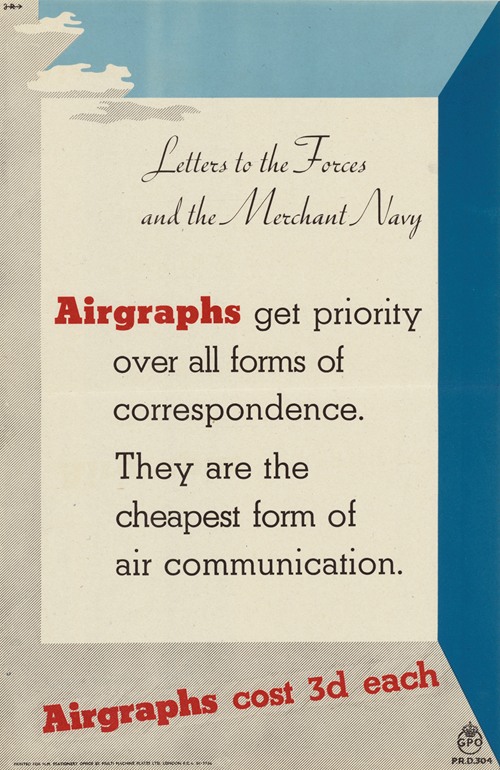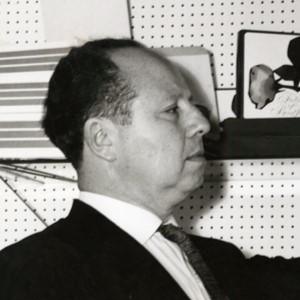


Hans Arnold Rothholz
Hans Arnold Rothholz was a poster designer and graphic artist born in Dresden, Germany who immigrated to Britain in 1933. As a friend and colleague of Tom Eckersley, George Him and Abram Games, Rothholz belonged to a generation of designers who transformed visual communication in Britain.
Rothholz's posters are featured in many public collections, including the Imperial War Museum, the Victoria and Albert Museum and the London Transport Museum, and his archive is located at University of Brighton Design Archives.
Rothholz began his artistic training at Willesden School of Art, then studied commercial art and display design at the Reimann School, London (1938-9) - a successor of the renowned Reimann Schule in Berlin. He was one of the few students to receive the Reimann School Diploma.
During the Second World War Rothholz was interned in Canada, Liverpool, and on the Isle of Man, however he returned to London in 1942 where he established a successful career as a graphic and information designer.
Rothholz designed posters for various clients, including the Post Office and the Royal Society for the Prevention of Accidents (RoSPA). He also designed promotional material for Wembley Stadium which included the 1948 Olympic Games.
In 1951 Rothholz was commissioned to work on the Land Travelling Exhibition as part of the Festival of Britain. He also designed film posters for Ealing Studios.
Rothholz's other clients from the 1950s included BEA, BOAC, Perera, Lyons & Co and Splendida. Rothholz also designed the programme for the 1957 World Scout Jamboree.
Rothholz designed graphic schemes and murals for the Bacon & Egg and Grill & Cheese restaurant chains. Throughout the 1960s, Rothholz re-branded Winsor & Newton art materials, and towards the end of the decade, he created a new corporate identity for Wellcome, including packaging, vehicle liveries and stationery.
In 1961 Rothholz was asked to design the Society of Industrial Artists' (SIA) showcase exhibition The Art of Persuasion, and was elected a Fellow of the Society of Industrial Artists in 1962. He also served on the SIA’s Council.
